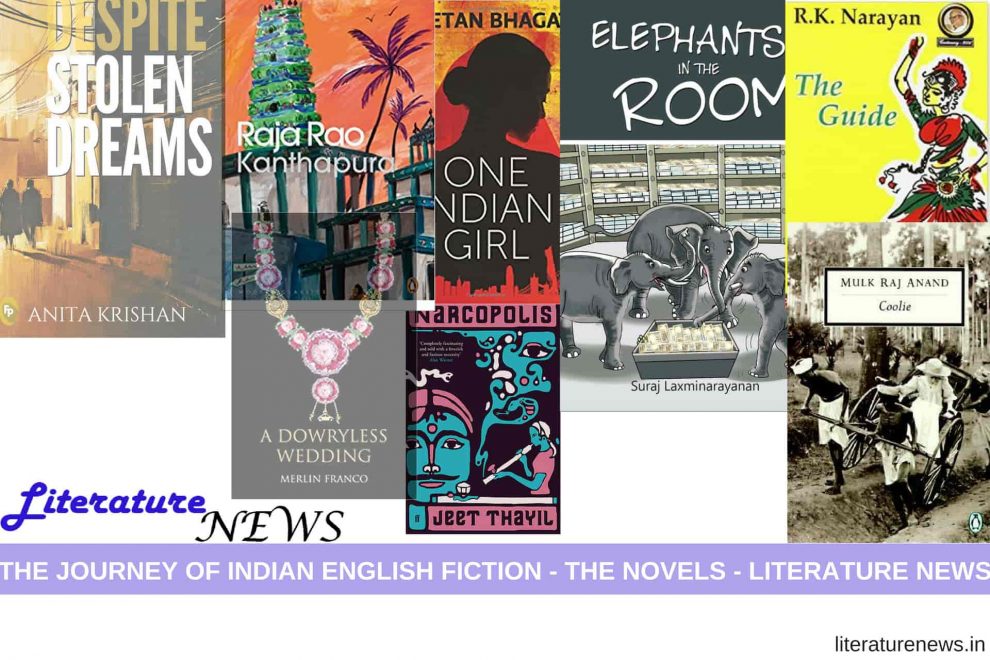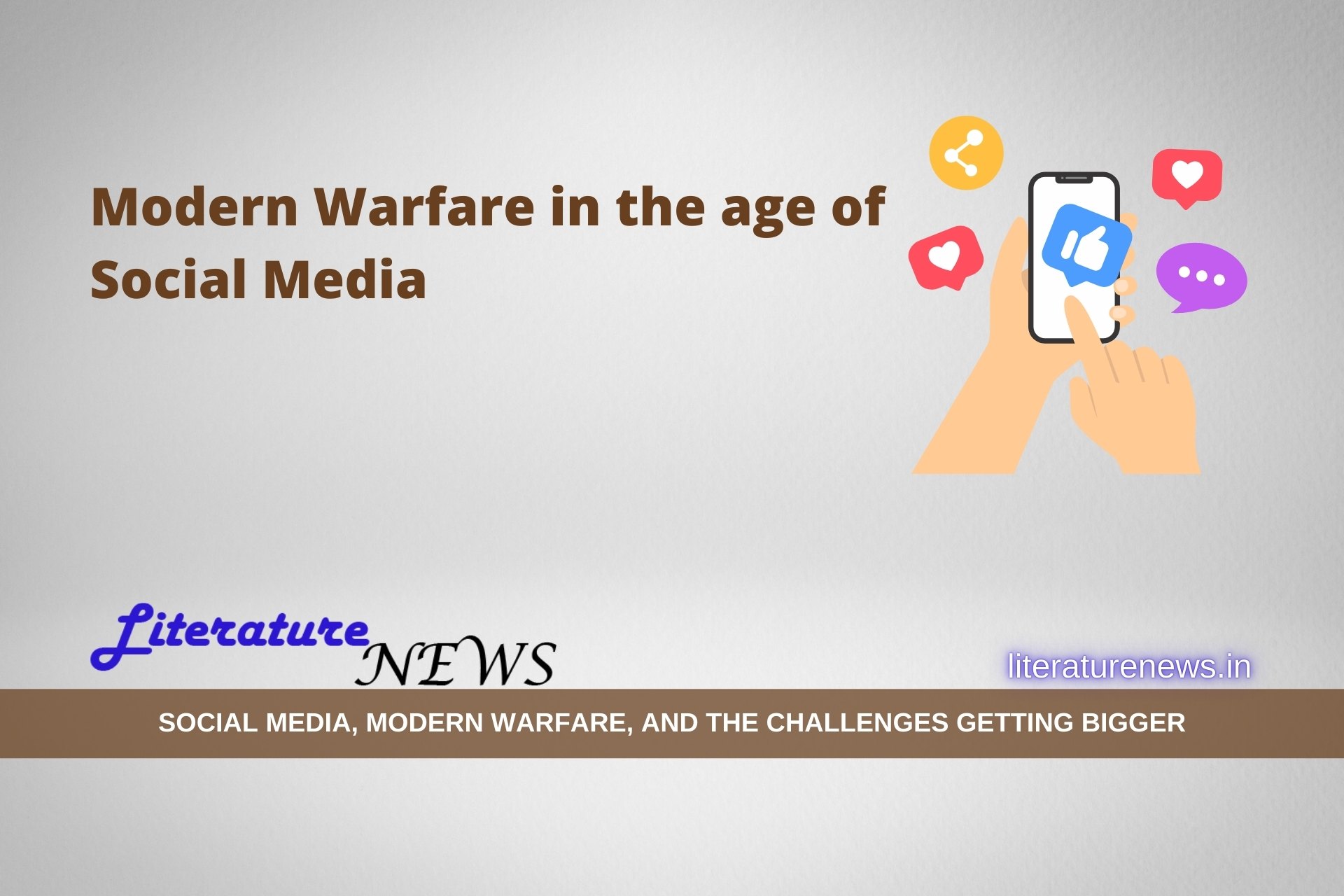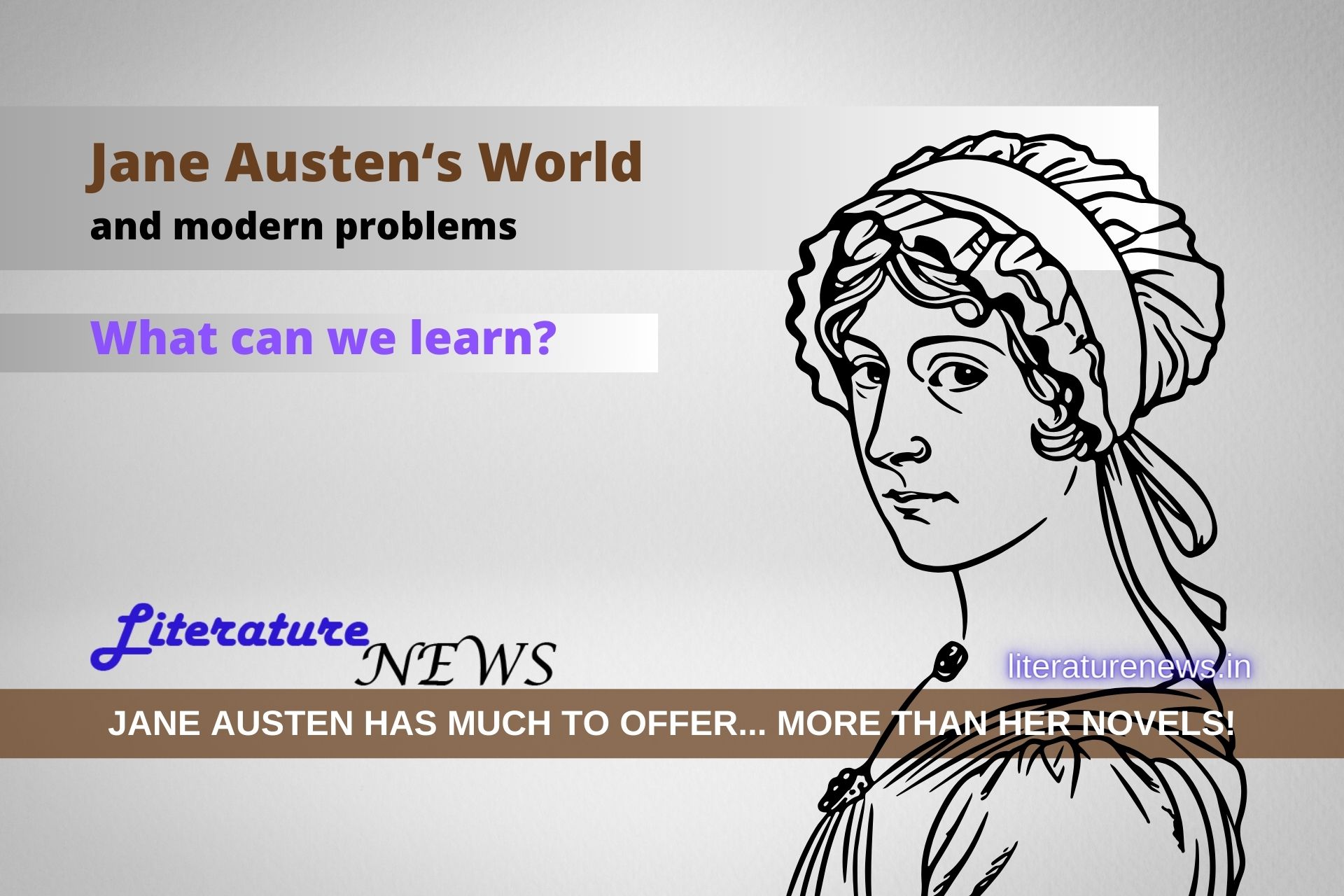This is the era of alternatives and people (irrespective of the walks of life) are coming with new ideas, bigger canvas and literally a limitless attitude to turn the things upside down – because, it’s alternative what steals the show today! How could literature be left out? Literature of the day also joined the era of alternatives and readers have a variety of choices to choose from. Today, I will look into how the issues for fictional literature changed over time and finally reached here where we are today – the era of neo-alternatives.
Well, I am going to discuss Indian English fiction only because we, as authors and readers, have been the masters of experiments as the time changes. So, let’s get into the business without getting our time wasted. Time is money and money is important to the extent that we can buy a little time for us with that…
The pre-independence era:
What else could the authors write then? Novelists who are said to be the pole-bearers of our literary heritage in the terms of novels, Raja Rao, R K Narayan and Mulk Raj Anand, were all busy in discussing the Indian social system and also the freedom struggle. Mulk Raj Anand’s famous trilogy on Indian independence movement or Raja Rao’s masterpiece Kanthapura were based on India’s struggle for independence and the role of our social fabric. R K Narayan, however, was portraying the images of Indian social system in a different way. He was trying to bring out the real (maybe hidden) nature of Indian society from beneath the various layers we had on us that time. Well, other than these three, there were the novelists, even before them, who were portraying the social picture of India (centred on Bengal, mostly) and we can remember them as Ram Krishna Punt, Lal Behari Day, Ananda Prosad Dutt and many others. The themes of these novels were contracted to Bengal’s way of life and its culture except the exceptional Bankim Chandra Chatterjee’s Rajmohan’s Wife which portrayed the ordeals that an Indian wife had to go through… So, our fiction in those days was diverse, realistic to an extent, social document and also vivid. Yes, and a very notable mention that demands to be here is Bhabani Bhattacharya whose novel So Many Hungers, published in 1947, earned him accolades and presented a realistic reflection of the dreadful British Rule and the Bengal famine of the second world war time.
Enter the Society with a new zeal:
Riding on the Train to Pakistan and then vowing that I Shall Not Hear the Nightingale Again, we came a long way of what we were dealing with in the older days. S. Menon Marath, another realist to have appeared on the horizon of Indian English novel writing, wrote the alternative fiction which depicted the other side of our independence story. His popular novel, Wound of Spring, though takes us back to the pre-independence era, presents the alternative: “Don’t burn them, give them to us.” The beggars and homeless cry for mercy at the bonfire of the foreign cloths during the boycott of British on the Gandhian call.
Balachandra Rajan’s 1961-novel Too Long in the West presents a humorous (yet again alternative) situation – Nalini returns from America and she has troubles choosing a suitable husband for herself. And the scenes lead to the amusement of the readers at various instances. With the rise of Anita Desai in the mid-70s annunciated the neo-alternative, the first wave of feminism in Indian English fiction writing. Her novels focused on the women issues and various dimensions of life as a woman in India in those days. There were other women novelists as well who followed the path of Anita Desai in those years.
The Dawn:
Passing through the Golden Gate, we came near the 21st-century fiction in India which was poised to touch various aspects of human life and was ready to make its impression nationally and internationally as well. Amitav Ghosh’s novels set the early agenda – his novels were not a mere follow the trail but he carved his own imagination into the reality of a fiction. Though there is a glimmer of nostalgia, we cannot subdue that altogether. Ghosh sailed the boat a very good distance before a bunch of novelists joined to set the wheel on fire… We can ignore the bravado of The Great Indian Novel by the way. My father said after his initial read that the novel is absurd, as absurd as some of the talks of Tharoor!
The 21st Century – an age of Chaotic Calm:
Chetan Bhagat, Amish Tripathi, Ashwin Sanghi, Kiran Desai, Amitava Kumar, Jeet Thayil, Anita Krishan, Jhumpa Lahiri, Shobha De, and so on… You must be wondering why a staunch devotee of class in fiction has put the likes of Shobha and Chetan and even Amish in the same line of Ashwin, Anita and Amitava and Lahiri. Well, I do have my reasons. We cannot deny that it is Chetan who has brought the very first concept of neo-alternative in the 21st-century Indian English novel writing. It was he who discovered that the novels need to go out of the Lutyens bungalows to the rented apartments of middle-class families where youths want to spend their time reading. Amish has given a new dimension to the fiction writing with his ‘religio-medici’ of the modern style. Thayil we all know and Shobha is known to all. I would like to mention Ashwin Sanghi and Anita Krishan because they have still the class with their words. Carrying ahead the legacy of the great writers, their works still have the extra bit which every serious writer wants to see in the novels other than the quality of being a novel…
So, while the likes of Amitav Ghosh, Amitava Kumar, Jeet Thayil and Anita Krishan provide us with the class of English fiction, there are the novelists like Chetan Bhagat, Amish and Shobha De who offer the readers a neo-alternative with their instant mode of writing that seldom deals with the issues seriously but keep the readers the way they want to be – entertaining!
I am also very sure of the modern generation because we have the novelists who have got us covered. I would like to mention a few debutants in Indian English novel writing who have impressed me with their writing style and the sense of literary production. Merlin Franco with this debut novel A Dowryless Wedding has won the applause of many serious readers because he has maintained a fine-tuning of humour, satire, seriousness and realism in his novel. He could easily have let the fiction slip from his hands because he has done a good bulky novel about 230 pages; however, he maintained his writing and gathered the pieces together very well. Merlin will serve the socio-politico readers of fiction in the coming days, I am sure of that. On the other hand, I also read the debut novel by Suraj Laxminarayanan, another engineer turned into an author. His novel Elephants in the Room will keep the readers amused, entertained and also engaged. He has got most of the things a coming age author needs to have to keep the readers indulged with literary fiction. His book will be released very soon and the early impressions are already coming on Goodreads by the pre-release readers. He kept me delighted and also a light seriousness that his writing emits is remarkable. He has managed to stitch two themes together – one humorous and other thrilling. Likewise, we have many ones who will give us a lot to read in the future and I will keep bringing them to light…
Let’s settle with Indian fiction and the age of chaotic calm for now… we have the chaos in the themes as well as a pleasant silence which makes much noise!
by Alok Mishra for Literature News
(All the thoughts in the article are personal opinions of the author.)






Very solid arguments! I liked the article.